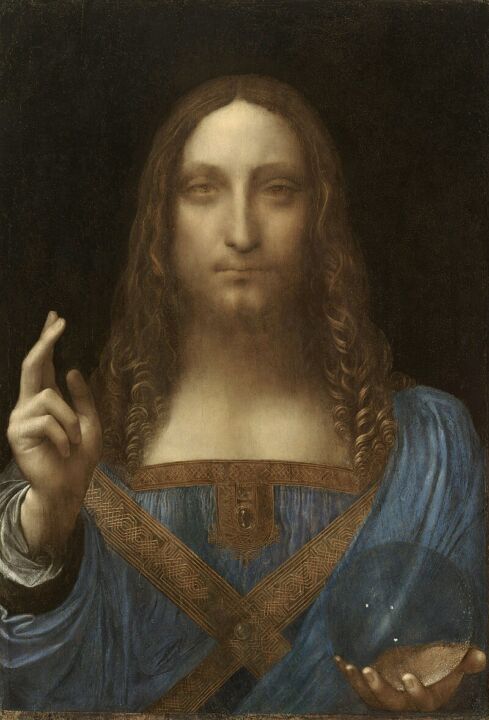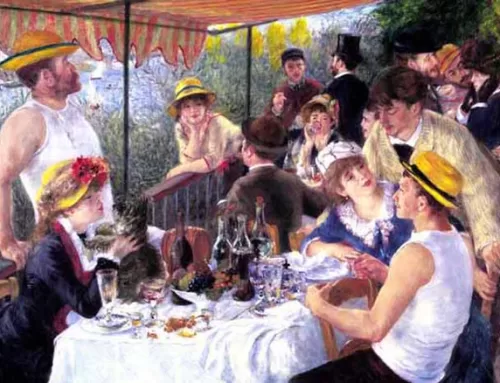Buy a Framed Reproduction Painting of Leonardo Da Vinci’s Salvator Mundi and Save $450 Million!
The title of the most valuable piece of art in the world is often subject to change due to art sales and auctions. However, one of the most expensive paintings ever sold is “Salvator Mundi” attributed to Leonardo da Vinci.
“Salvator Mundi” depicts Christ as Savior of the World, and it was sold at a Christie’s auction in November 2017 for a record-breaking $450.3 million. The buyer was reported to be a Saudi Arabian prince, though there have been subsequent debates about the painting’s attribution and authenticity.
It’s important to note that the art market is dynamic, and new sales or auctions may affect the rankings of the most valuable artworks. Prices for high-profile pieces can fluctuate, and new record-breaking sales may occur. For the latest information, it’s recommended to check reliable sources in the art market or recent auction results.
We’ve teamed up with C.O.R. Artwork, an immensely talented team of reproduction artists to provide affordable and high quality reproductions that are practically indistinguishable from the real thing. A hand crafted oil painting of your choosing, immaculately framed too if you wish, and at a price that won’t break the bank.
Head over to their reproduction art website and take a look at what they have to offer. Any size, any frame, and at a price you won’t want to miss out on.
Eight interesting facts about Da Vinci’s Salvator Mundi
“Salvator Mundi” is a painting attributed to Leonardo da Vinci, and it has gained significant attention for its historical and artistic importance. Here are some facts about this iconic work:
- Date of Creation: The exact date of the painting’s creation is believed to be around 1500. Leonardo da Vinci, a renowned Italian Renaissance artist, is thought to have painted it during his time in Milan.
- Subject Matter: “Salvator Mundi” translates to “Savior of the World” in English. The painting depicts Jesus Christ as Savior, blessing with one hand while holding a transparent globe in the other. The globe is meant to represent the Earth.
- Provenance: The provenance, or the documented history of ownership, of “Salvator Mundi” is complex. The painting was once owned by King Charles I of England in the 17th century but was later lost. It resurfaced in the collection of Sir Charles Robinson in the late 19th century but was sold as a copy. In 2005, it was rediscovered and identified as an original Leonardo da Vinci.
- Restoration: Before its sale in 2017, the painting underwent a restoration process. Some critics have raised questions about the extent of the restoration and its impact on the work’s authenticity and attribution.
- Auction and Record Sale: “Salvator Mundi” gained international attention when it was auctioned at Christie’s in November 2017. The painting sold for a record-breaking $450.3 million, making it the most expensive painting ever sold at that time.
- Buyer: The identity of the buyer was initially undisclosed, leading to much speculation. It was later revealed that the painting was purchased by Abu Dhabi’s Department of Culture and Tourism. The buyer’s representative was reported to be a Saudi Arabian prince, later identified as Prince Badr bin Abdullah.
- Controversies: “Salvator Mundi” has been the subject of various controversies, including debates over its attribution to Leonardo da Vinci and concerns about the extent of restoration. Some scholars and experts have expressed skepticism about certain aspects of the painting.
- Exhibitions: Following its sale, “Salvator Mundi” was expected to be displayed at the Louvre Abu Dhabi. However, as of my last knowledge update in January 2022, the painting’s public display has been delayed, and its current location has not been publicly disclosed.
“Salvator Mundi” remains a captivating work of art, and its attribution to Leonardo da Vinci has been the subject of ongoing scholarly and art historical discussions. The painting’s sale has also highlighted the intersection of art, commerce, and controversy in the contemporary art world.




Leave A Comment